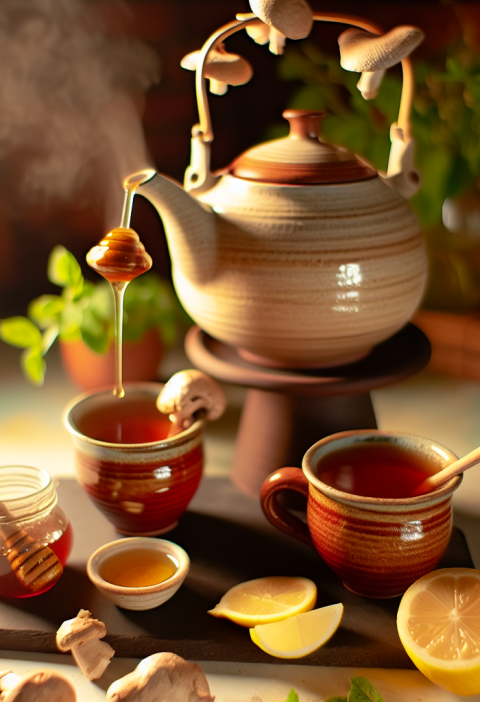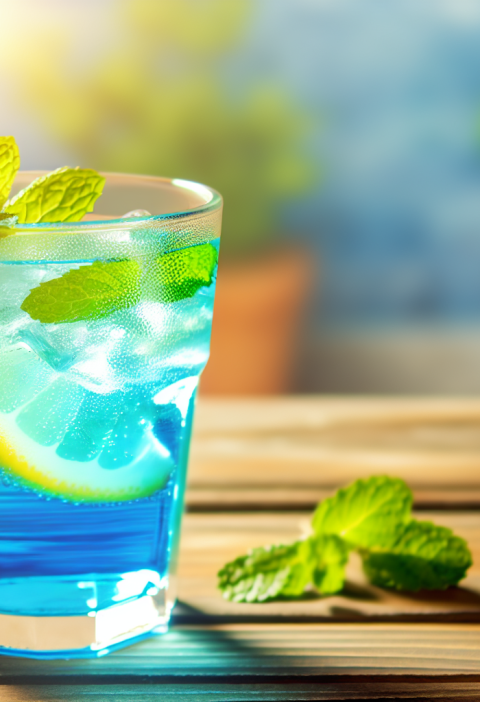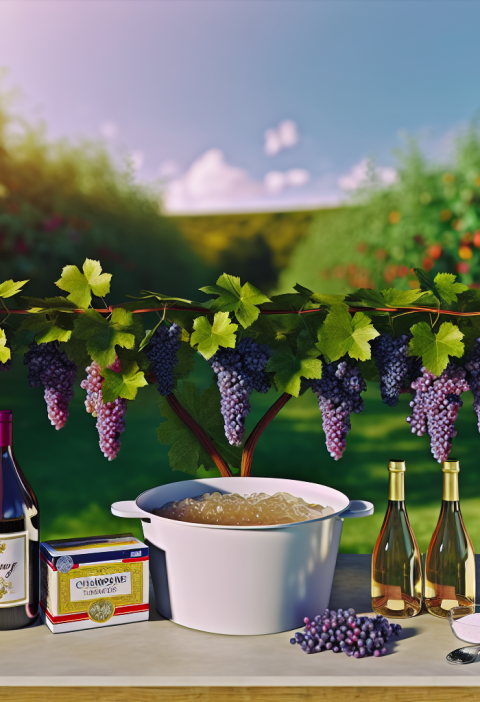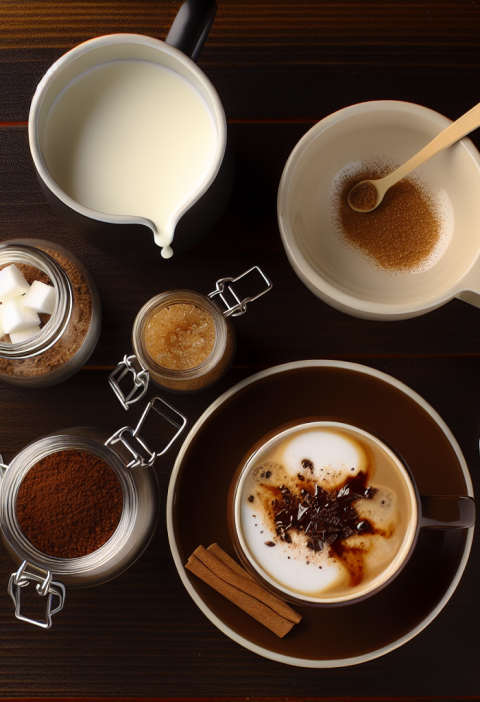“`html
The Enchantment of Homebrewed Muscadine Wine: A Journey into Flavor
Imagine savoring a glass of velvety muscadine wine, its deep ruby color glistening in the light, the aroma reminiscent of warm summer evenings in the South, and a sip that takes you on an exquisite journey of fruity sweetness intertwined with subtle earthy notes. This beloved Southern tradition transforms humble muscadine grapes into an extraordinary elixir that can elevate any gathering, marking moments of joy and celebration. With our carefully crafted recipe, you’ll soon be captivated by the magic of this homemade wine.
Preparation Time
- Preparation Time: 30 minutes
- Fermentation Time: 2 weeks
- Bottling Time: 30 minutes
This recipe serves approximately 5 gallons, suitable for about 32 servings. The difficulty level is medium, as patience is essential, but the rewards of enjoying your creation are tremendous!
The Necessary Ingredients
- Fresh muscadine grapes (around 20 pounds)
- Granulated sugar (6-8 pounds, to taste)
- Water (enough to dissolve sugar and fill the fermentation container)
- Active dry yeast (1 packet or about 5 grams)
- Campden tablets (optional, for sanitation and stabilization)
- Sodium metabisulfite (optional, for preserving flavor)
- Fining agents (optional, for clearer wine)
For a vegan version, make sure your fining agents are plant-based. You may use organic sugar for a gluten-free alternative, ensuring that all components suit your dietary needs.
The Steps of Preparation
Creating muscadine wine is both an art and a science, and understanding each step will empower you to perfect your craft!
- Wash the muscadine grapes thoroughly and remove any stems.
- Crush the grapes in a sanitized fermentation vessel to release their juices. This can be done by hand or with a clean potato masher.
- Add water to the crushed grapes until you reach a total volume of about 5 gallons.
- If using Campden tablets, crush and add them now to prevent wild yeast and bacteria. Let sit for 24 hours.
- After 24 hours, add sugar to taste, stirring until fully dissolved. Start with 6 pounds; you can adjust later based on your sweetness preference.
- Sprinkle the active dry yeast on top of the mixture without stirring. Let it activate for about 15 minutes.
- Stir the mixture gently to incorporate everything.
- Cover the fermentation vessel with a clean cloth or lid equipped with an airlock.
- Place the fermenter in a warm, dark place for about 2 weeks, stirring daily.
- Once fermentation slows (no bubbles in the airlock), siphon the wine into sanitized bottles, leaving sediment behind.
- If desired, add sodium metabisulfite or fining agents according to package instructions to stabilize and clarify the wine.
- Seal the bottles and let them age in a cool, dark place for at least 6 months before tasting.
With each step, anticipation builds as you witness the transformation of simple ingredients into a delightful beverage. Just imagine the joy of pouring your first glass of homemade muscadine wine for sharing with friends and family!
Nutritional Benefits
- Rich in antioxidants, muscadine grapes help combat oxidative stress.
- Contains resveratrol, which is linked to heart health and reduced inflammation.
- Provides vitamins C and K, vital for immune function and blood coagulation.
- May improve gut health due to the presence of natural probiotics in fermentation.
As you embark on this journey, consider additional elements that can enhance your muscadine wine experience.
Possible Additions or Upgrades
- Add citrus zest (like lemon or orange) during fermentation for a refreshing twist.
- Incorporate spices, such as cinnamon or nutmeg, for a seasonal flair.
- Experiment with different sweeteners like honey or agave for unique flavors.
- Blend with other fruits (like raspberries or strawberries) to create a delightful fusion.
These suggestions offer exciting opportunities to personalize your muscadine wine, ensuring it reflects your taste and style.
Q&A
**Can I use frozen muscadine grapes?**
Yes, frozen grapes can be used; just ensure they are thawed and cleaned thoroughly.
**What type of fermentation vessel should I use?**
Use a food-grade plastic or glass fermentation vessel, ensuring it’s sanitized.
**How long does fermentation take?**
Fermentation typically takes about 2 weeks, but it can vary based on temperature and yeast activity.
**Is it necessary to use Campden tablets?**
While not essential, they help prevent spoilage and wild yeast growth.
**How do I know when fermentation is complete?**
Fermentation is complete when bubbles slow, and there is little to no activity in the airlock.
**Can I adjust the sweetness after fermentation?**
You can add a little sugar when bottling, but balance is crucial to prevent exploding bottles!
**How should I store the finished wine?**
Store wine in a cool, dark place, upright to prevent sediment disturbance.
**When is the best time to drink it?**
Aging for at least 6 months improves the flavor, but it can be enjoyed as early as 3 months.
**Can I make muscadine wine without yeast?**
Wild yeast can ferment the wine, but results may vary; using cultivated yeast produces more reliable outcomes.
**Can I add additional flavors during fermentation?**
Yes, natural flavors like spices or citrus zest can enhance your wine’s profile beautifully!
Embarking on this muscadine wine-making adventure has certainly been a cherished experience for me, punctuated with cherished gatherings, laughter, and the creation of unforgettable memories. Sharing a bottle of this sweet homebrew is a true celebration of life! If you enjoyed discovering this recipe, I encourage you to share it with your friends and on social media to inspire others to venture into the enchanting world of homemade wine-making!
“`







